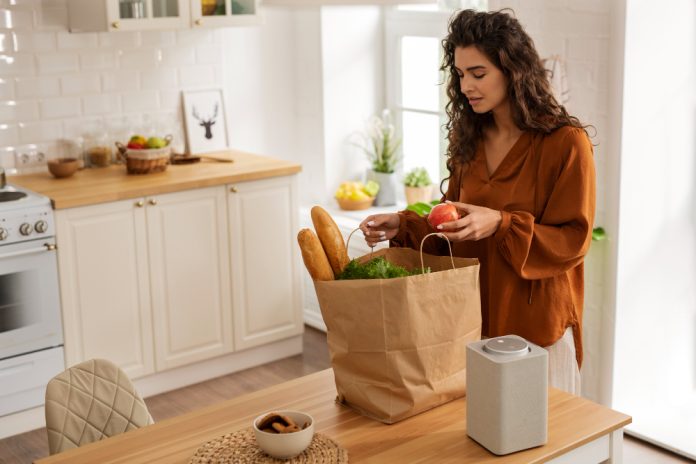The saying, “Charity begins at home” highlights that in order to change the world for the better, we must first make changes in our own homes. Implementing choices in the kitchen that protect the environment for future generations is essential to sustainability. Minor alterations to routine culinary and food preparation procedures can lead to significant changes. The creation of a sustainable kitchen demands minimizing the effects that food production and consumption have on the environment. The need for a sustainable kitchen has never been greater in view of the current environmental crisis.
- Invest in durable, superior kitchenware
Building a sustainable kitchen calls for an investment in long-lasting, quality appliances. Long-lasting cookware will help you save money and the environment in the long run by reducing waste and removing the need for frequent replacements. Superior kitchenware made of non-toxic, eco-friendly materials has a positive influence on both the environment and your health. Cookware that is tough and built of materials like stainless steel, cast iron, or ceramic may offer great heat retention and distribution while using less energy. Additionally, high-quality cookware is made to serve several purposes, reducing the need for extra equipment and devices in the kitchen, which in turn encourages sustainability. Thus, purchasing high-quality and long-lasting kitchenware is a crucial piece of advice for creating a sustainable kitchen and minimizing environmental effects.
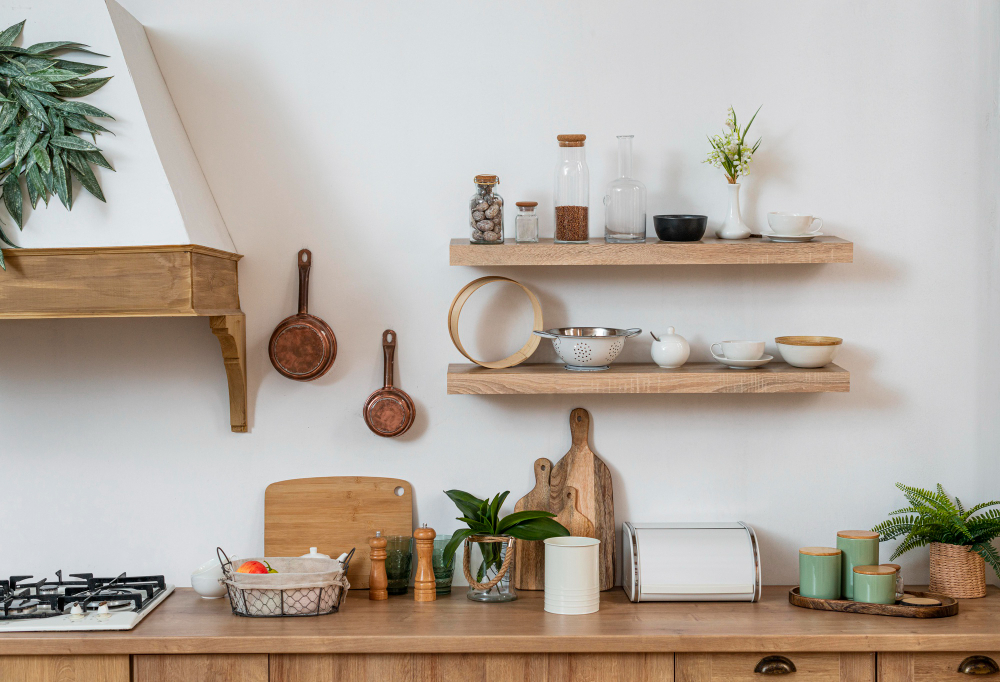
- Make use of the leftovers
An outstanding method for building a sustainable kitchen is to use your leftovers. You may use leftover food to create new recipes or store it for later use rather than throwing it away. This practice reduces food waste while also saving the time and money that would be needed to prepare new meals. For instance, you can make a vegetable broth using leftover vegetable scraps, or use leftover bread to make croutons, breadcrumbs, or French toast. This will save food waste and provide you with the convenience of a quick supper during busy days. You may actively lessen your environmental impact and promote a more sustainable and ethical way of living by developing the habit of utilising leftovers.
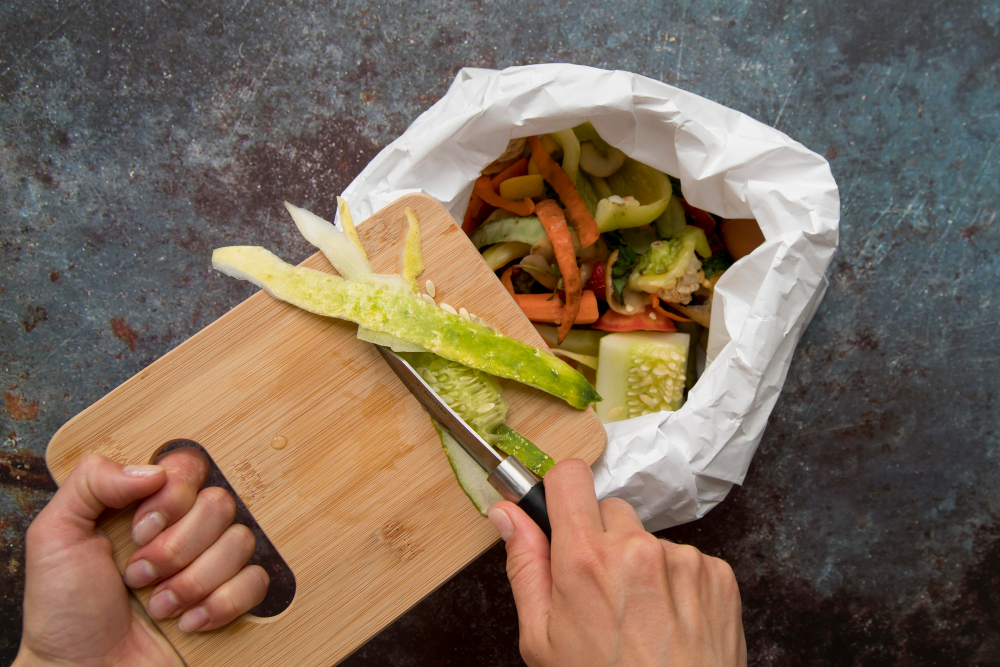
- Repurposing food waste
Repurposing food waste for a sustainable kitchen is crucial to minimising the negative effects on the environment. You may reuse food leftovers to create fresh meals rather than throwing them away, reducing waste and advancing environmental sustainability. Apple or citrus fruit peels may be used to manufacture natural cleaning solutions, handmade candied fruit, and other items. Coffee grinds may also be used as a natural fertilizer for your plants or to make a skin-exfoliating scrub. Another strategy to encourage sustainability is to compost food leftovers, which produce fertile soil for planting or gardening.
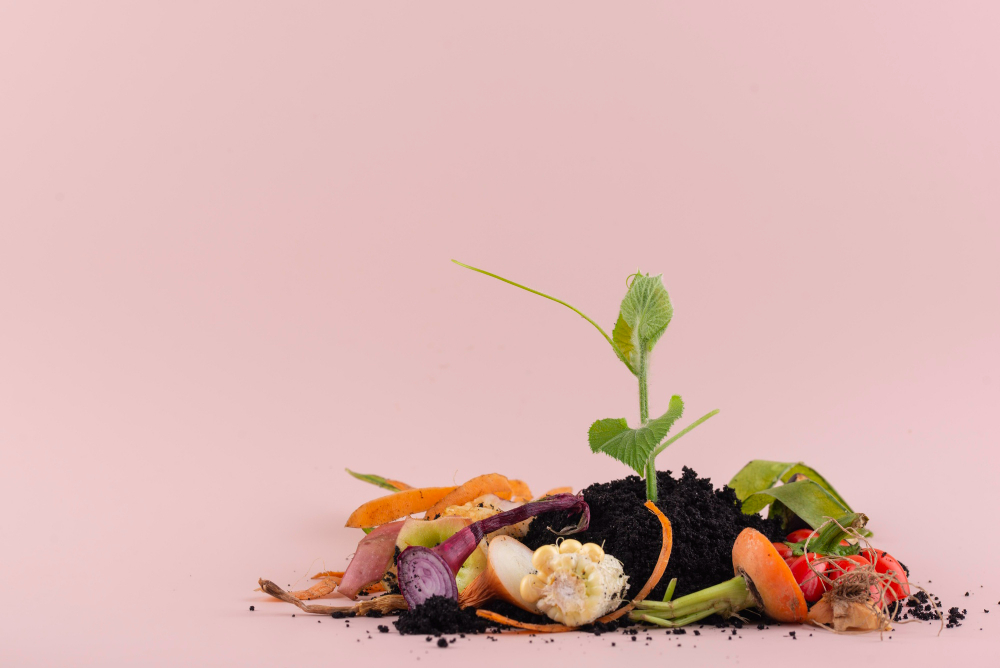
- Store Smart
Maintaining the freshness and quality of food items requires proper and smart storage. It is recommended to remove fruits and veggies from bags and store them in airtight containers to prevent sweating and rotting. Perishable goods should be used up before their expiration date by adopting the “first in, first out” policy. The shelf life of food items may be increased and waste reduced by using smart storage techniques. Additional steps can be taken to lessen the need for disposable packaging by selecting reusable containers made of eco-friendly materials like glass, silicone, or stainless steel. The quantity of single-use plastic or paper trash produced can be decreased by using these containers to keep bulk goods, leftovers, or components for meals. For example, you may freeze excess bread or fruit that is about to get stale and use it later in smoothies or baked products.
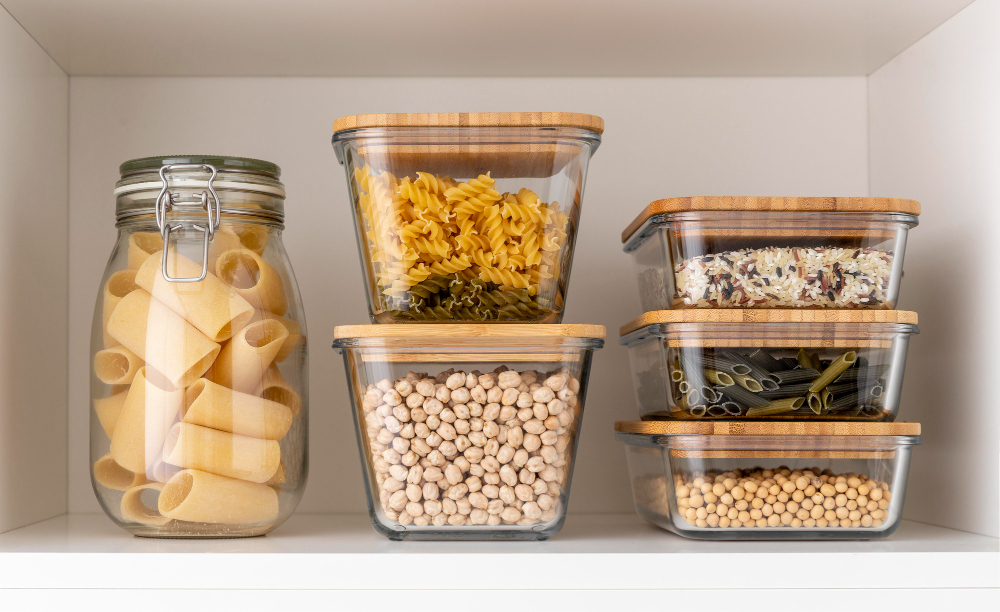
- Water-conserving fittings
A sustainable kitchen must have water-saving appliances and fixtures. Making the choice to use water-saving devices can help to reduce water waste and save this valuable resource. The amount of water used in the kitchen may be significantly reduced by installing low-flow faucets, aerators, and showerheads. Aerators may further cut water use by 50%, while low-flow faucets alone can lower it by up to 30%. In a similar vein, low-flow showerheads may save up to 75% more water than standard showerheads. A water-efficient washing machine and dishwasher may also contribute to water conservation by using less water for each load. Installing water-efficient fixtures will help you create a sustainable kitchen by lowering utility costs, reducing your home’s carbon impact, and using less water overall.
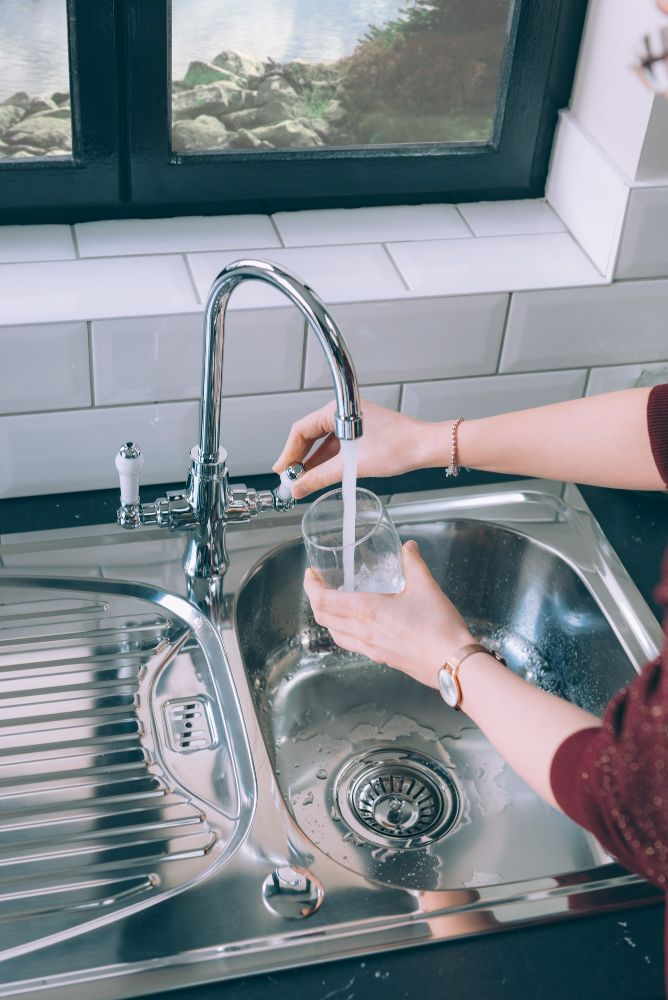
Creating a sustainable kitchen is not just a personal preference; it is also an essential obligation towards the environment. It is impossible to exaggerate the importance of making eco-friendly kitchen decisions, and even little changes to our daily routine could have a big influence. We can successfully minimise our carbon footprint, decrease waste, save resources, and save money by putting these strategies into practice. It’s critical to realise that creating a sustainable kitchen is not a passing trend but rather a way of life that must be adopted for the sake of both current and future generations.





















